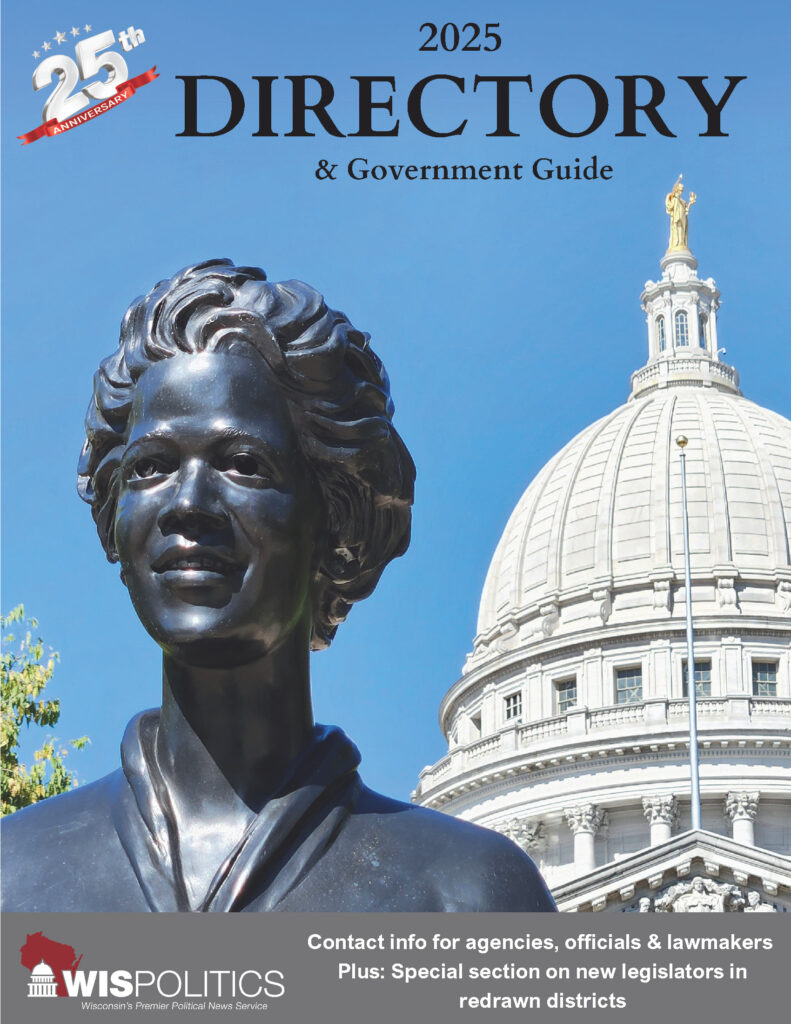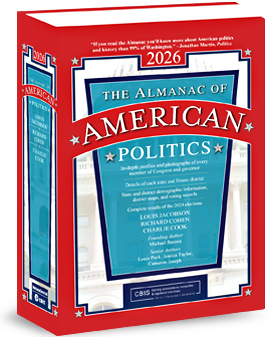The column below reflects the views of the author, and these opinions are neither endorsed nor supported by WisOpinion.com. MADISON, Wis. – A mix of internal and external trends are shaping Wisconsin’s economy in myriad ways. Here is a half-dozen to keep in mind. Subsidies are Covid-19’s lingering side effect – Ending the federal government shutdown depends on whether Congress will extend enhanced...
Please log in to access subscriber content.
If you don't have a subscription, please contact schmies@wispolitics.com for subscription options on the WisPolitics-State Affairs platform, which is the new home for WisPolitics subscriber products.


